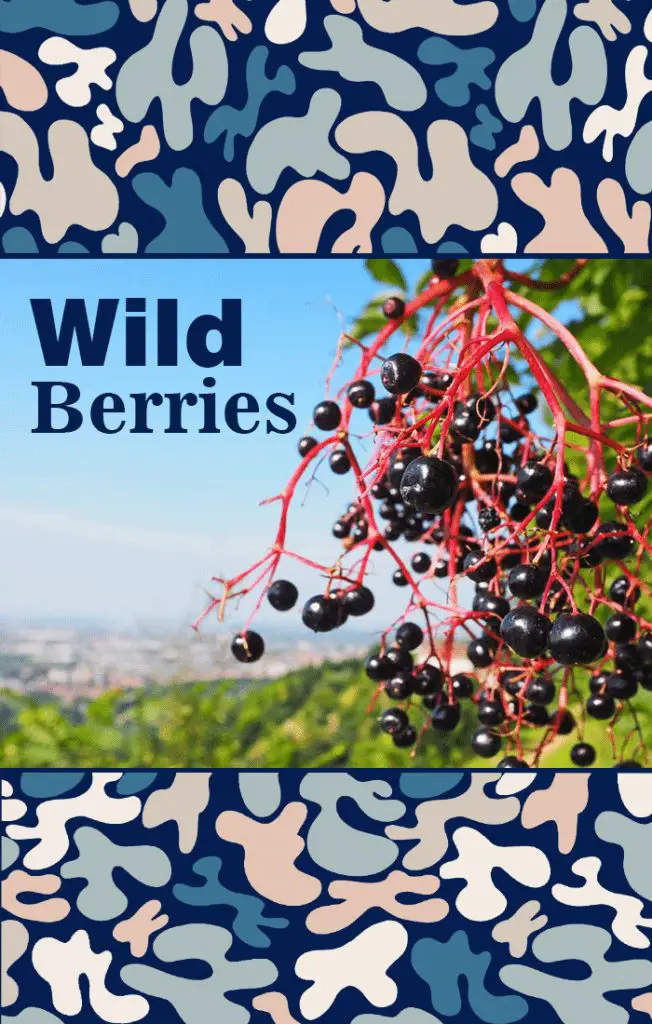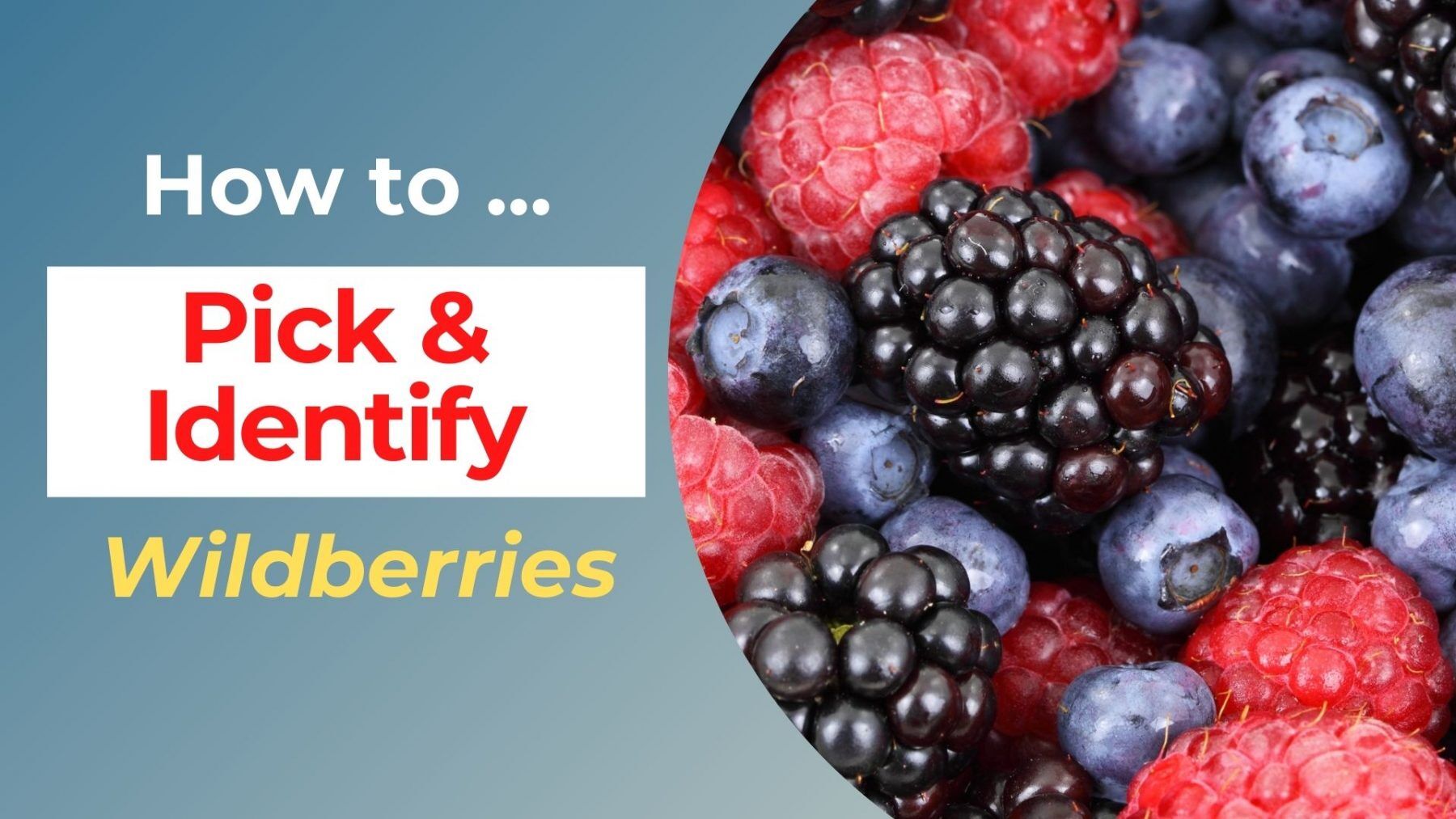Walking through a forest preserve or state park littered with wild berries is a great way to get in touch with Mother Nature.
What’s more, you might find yourself walking past some bushes or plants with berries growing on them.
These wild berries might look like the ones you pick up at the grocery store to eat, but they’re not.
Many of these wild berries are safe to pick and eat, but some are not.
Some wild bushes you find growing in the woods or forest preserves may actually not be berry plants at all.
Some of them could be poisonous! One such plant is called poison hemlock. This plant looks very like that other edible gem we all know as celery, except that it has short purple lines running down its stems.
It also doesn’t have the same strong smell of celery.
Even worse is that the leaves of some of these poisonous plants may look just like the edible ones, such as with poison ivy and wild black raspberry bushes.
Needless to say, be cautious around any berry plant you come across and don’t pick it unless you know what it is and if it’s safe to pick and eat.
This article, though, is about picking berries that are safe to pick. This includes blackberries , raspberries, strawberries, blueberries, and more.
If you have always wanted to try them but didn’t know if it’s safe or not, this is the guide for you. Here is how to identify and pick wild berries by season.
1. Blackberries
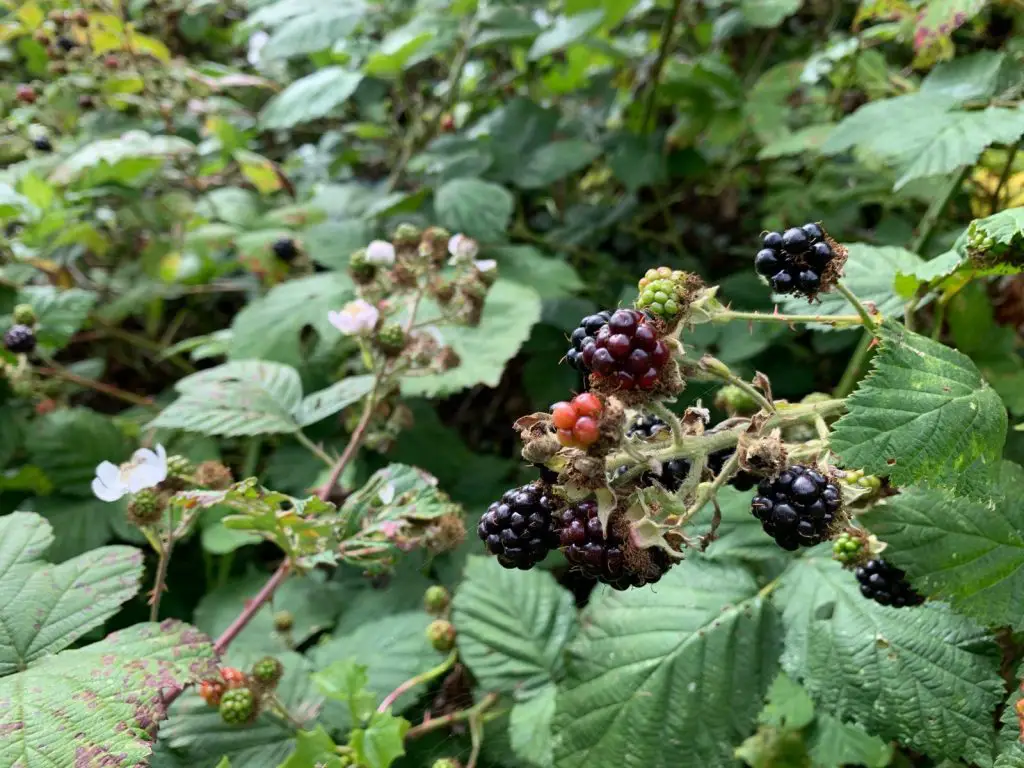
Blackberries can be challenging to pick when thorns cover the plant, and the enormous height makes them hard to reach. These berries grow in prickly vines that will cling to anything they can find, including your clothes, pets and children!
But they are well worth the effort. They are delicious, if you pick them properly.
Blackberries start out green but Turn different shades of purple or black when ripe. These are the sweet-tasting fruits.
Black raspberries look like their cousin, but have a distinctive cone shape at the end of each berry cluster. The leaves also feature jagged edges that aren’t present on regular raspberry plant leaves.
Both plants will generally bear ripe fruit around the July or August time frame depending on where you live in North America .
If you prepare yourself correctly, you can enjoy them in no time.
You can find them while foraging in old farmland, meadows, and sunny areas of a forest. However, be careful when you bite into them because their core can be tough to chew.
2. Blueberries
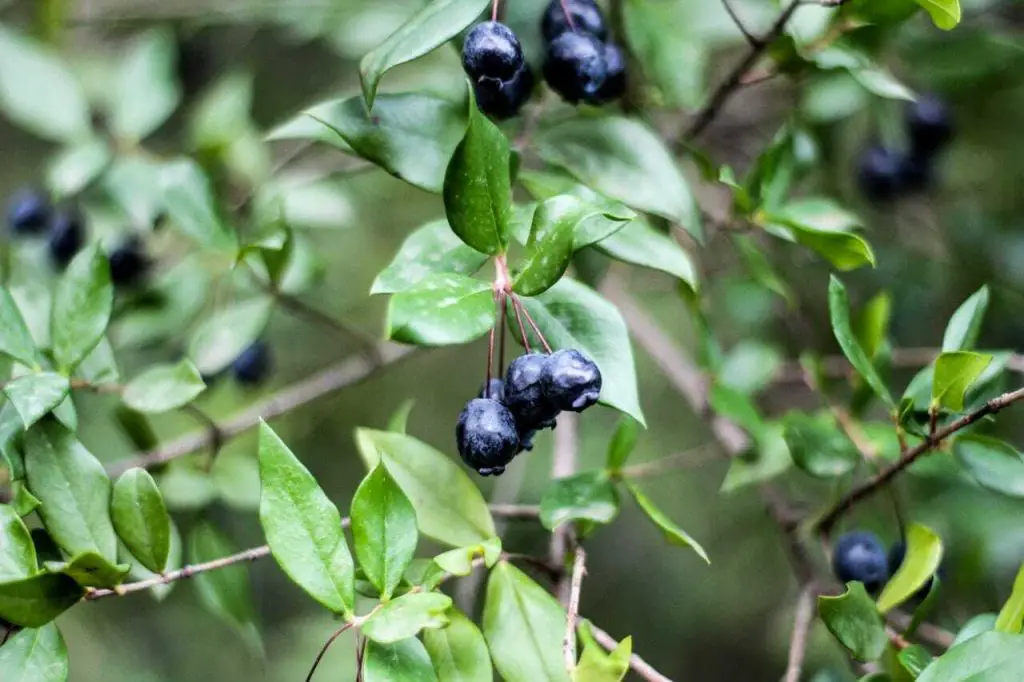
There are two main types of blueberries that you might find when you are in the forest.
The first plant is a low-hanging variety that grows to about 2 feet tall, and the other type can grow up to 20 feet.
Blueberries grow in dry soil with sand, so you can pick them in many locations.
Sometimes they are near oak trees, but you can also pick them near big rocks, patches of moss, and sunny patches of land with acidic soil.
As with blackberries, these berries flourish during summer. But you can start scoping out their growing spots during the spring!
If you are hunting for blueberries, consider using berry punnets to carry your fruit.
3. Strawberries
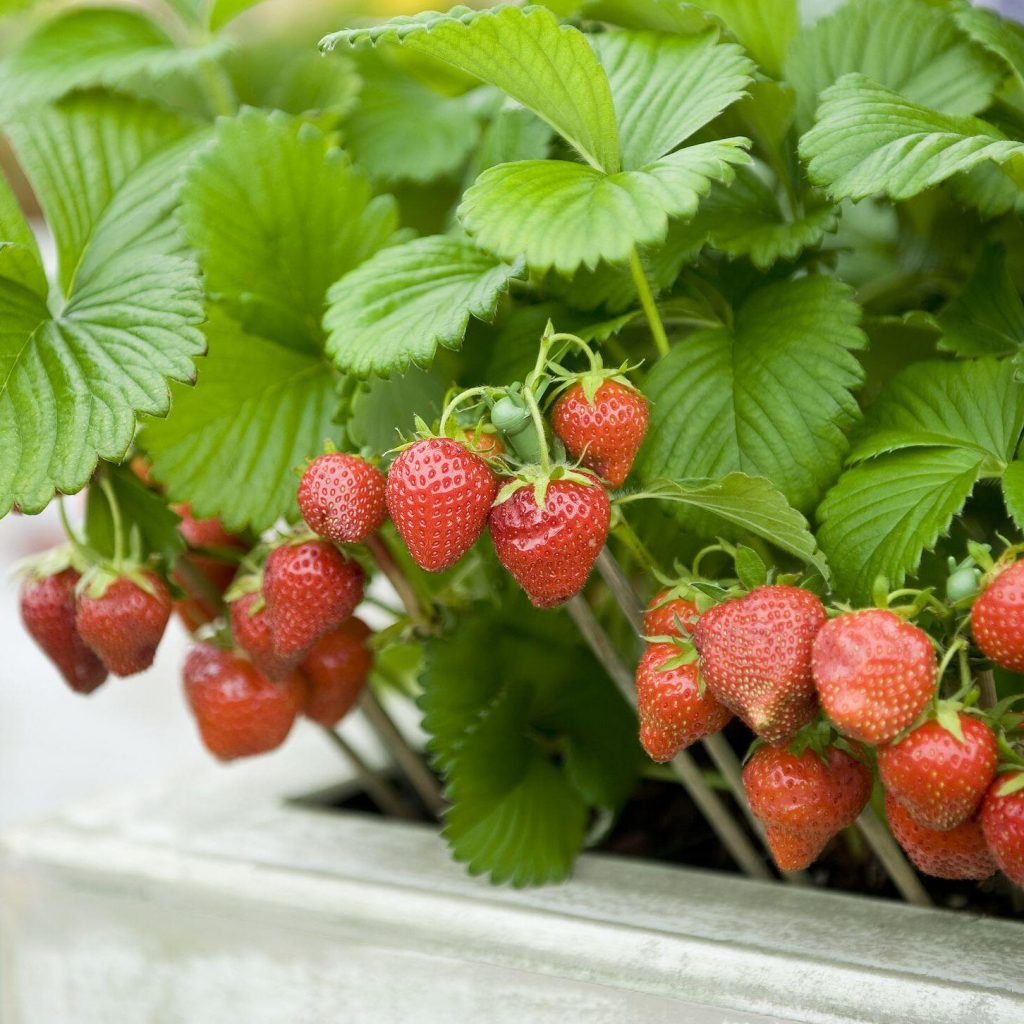
Wild strawberries love to grow along rivers, streams, and on the ground near trees and forest edges.
Anywhere with moisture and sunlight could be a breeding ground for strawberries, such as the bottom of a hill or empty field.
But, you should note that there are strawberries that taste great and mock strawberries that are edible but not as delicious.
The type you want will have a white flower with the berry hanging down and will smell and taste familiar.
The imposter strawberry grows vertically and points upward, does not have the white flower, and doesn’t taste the same as the good strawberries.
Like all berries, the best time to pick them is the summer, but strawberries are resilient and can withstand mild winters.
4. Raspberries
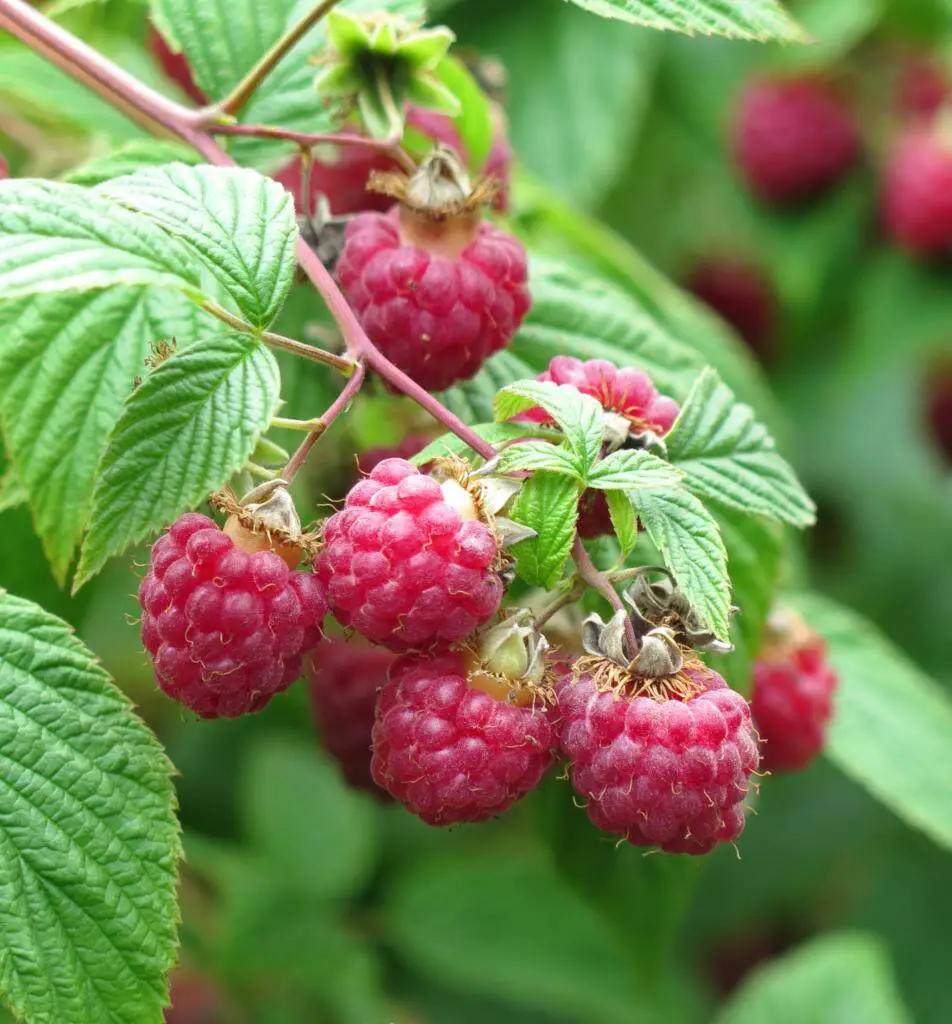
Raspberries cangrow in similar locations to blueberries and strawberries. They prefer sandy, acidic soil and moist environments such as near rivers and streams.
Like blackberries, pick raspberries where they are softer to the touch and feel tender when you pick them off the bush. Ripe berries that hang freely should be plump, firm, and deep red or dark purple in color.
If you pick berries during early summer (June), expect a tart flavor; but, if you pick them during late summer (August), the berry will taste sweeter.
The best time of day to pick raspberries is between 9:30 am to 4 pm. Why? Its texture becomes tougher after sundown due to lack of moisture during the night.
One cautionary note is to not pick raspberries from areas that have been cultivated recently with non-organic farming methods. This is because the berries could have come in contact with harmful chemicals and pesticides!
You should also not pick up any raspberries that have fallen to the ground, if you are a picker who is picky about dirt.
5. Grapes
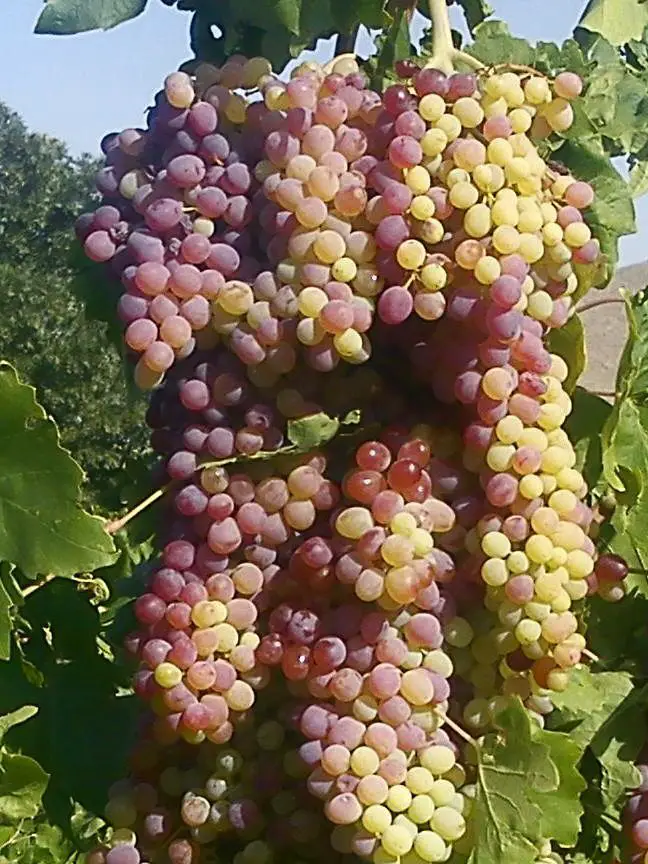
Yes, grapes actually are classified as true berries. There are a variety of wild grapes you can pick in the forest or garden. They have either white or darkish green fruit, but you should pick them if they look ripe and plump.
You could find grape vines growing on the ground in sunny locations or along fences and branches in somewhat shaded areas such as beneath trees.
Like strawberries, pick grapes when they are plump, tender to the touch, and when they detach from their stem with ease.
If you pick them before they ripen fully (white grapes), expect a citrus flavor.
But, pick them after they turn light purple (purple and black grapes) and experience a smoother taste with hints of sweetness.
6. Gooseberries
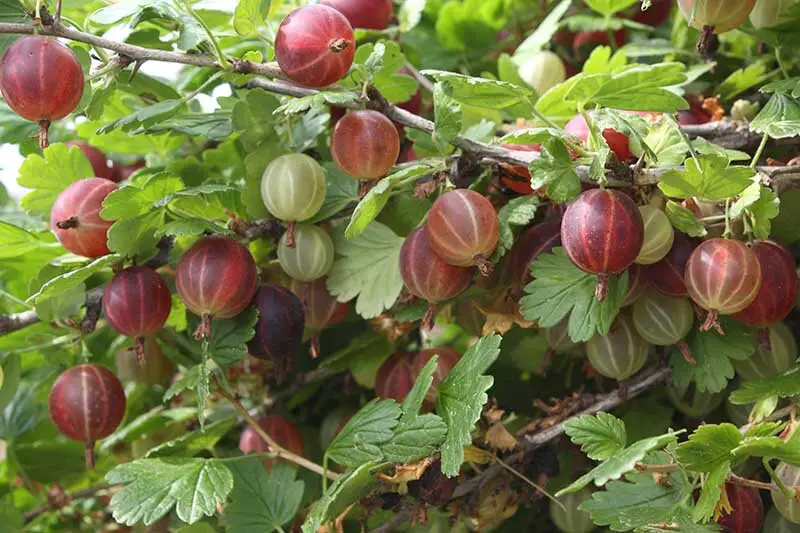
When you pick gooseberries, pick them in early spring when they are plump.
These plants can grow about three feet tall and produce green or red fruit that is segmented into five sections like clementine oranges.
Some plants appear like blackberry plants (they look like thorny bushes), but they are gooseberries if the leaves have tiny white hairs on them. You should pick a ripe berry that looks yellow or slightly orange in color.
If picking from a bush, cut it from the base rather than yanking it from its stem because nicking the plant could kill it.
7. Haws
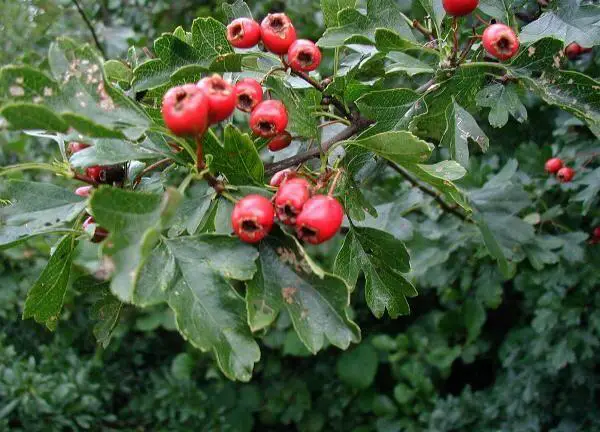
All hawthorns have edible berries.
However, like apple seeds, hawthorn seeds contain cyanide, and should not be eaten. Don’t panic; just spit out the seeds.
The fruit of hawthorn, called haws, are edible raw but are commonly made into jellies, jams and syrups, used to make wine, or to add flavour to brandy.
Hawthorn pick haws in spring and early summer after they become plump and red.
Some bushes grow up to eight feet tall, so pick them from a ladder or by using a picker pole with a small basket attached to the end.
The berries should be very soft at this point because you will not want to pick them if they are too green (tart) or too ripe (crackle texture).
Just like cherries, pick haws when they separate easily from their stems without much force needed. You can also pick these berries during fall and winter months if there is an unusually warm day.
If it’s warm out the fruit may appear riper than usual (but pick them before they are completely dried out).
Picking Wild Berries Summary
Overall, you should decide which fruit you want to eat before planning an excursion, so you can find the right time and location to pick them.
And always pick fruit that is ripe, plump, and tender to the touch. You should pick wild berries with care so you don’t pick any unripe berries (which can make your stomach upset).
Watch out to not pick too many berries off a bush because it will die if all its flowers are removed during one season.
You also want to pick fruit one at a time rather than picking bunches at once. Because you might pick rotten or overripe fruit this way.
Nonetheless, now that you know how to identify and pick wild berries by season, you shouldn’t have any problems picking berries!
If you want additional info on why you’re craving fruit in the first place, read this article here!
